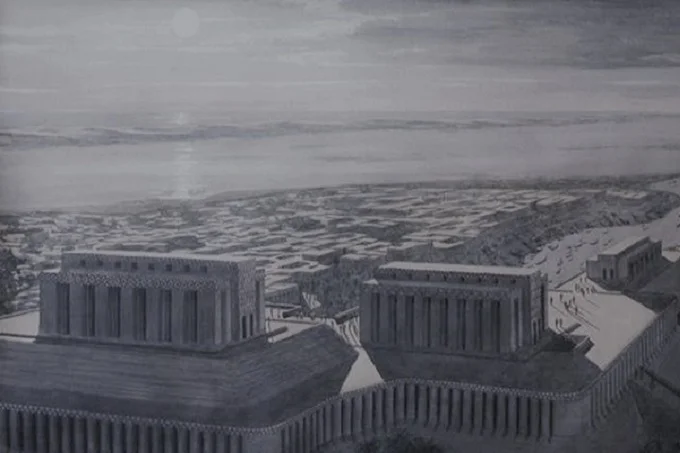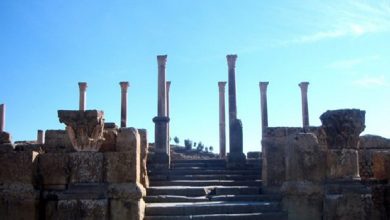Why do Sumerians revere Eridu as the oldest city?

Even after its decline, the Sumerians revered the city of Eridu for several reasons. The first kings of the ancient civilization of Mesopotamia ruled here. There was also a temple of the god Enki. Its cult significance was recognized even by those Sumerian dynasties that ruled in other Mesopotamian cities. And one of the Babylonian legends tells about Eridu as an earthly paradise.
According to Sumerian mythology, Eridu (also Eredu) is the oldest city on Earth. For the first time, it was here that “the kingdom was sent down from heaven.” The Nippur royal list states that the first two Sumerian kings ruled in Eridu: Alulim (28,800 years) and Allalgar (36,000 years). Gigantic figures are not surprising if we remember that the gods gave them power. Then the political center was moved to Bad Tibira and later to other Sumerian cities. Millennia under semi-mythical kings symbolized the Sumerians’ ideas of the golden age, when people possessed supernatural abilities. In fact, farmers settled on the site of Eridu around V thousand BC.
Agriculture in the ancient Mesopotamian city required hard work and the ability to protect the harvest from the elements. The legend of the first kings of Eridu is also connected with the cataclysm. There was a (similar to the biblical) story about the Flood in Sumerian mythology. Eridu was considered one of the five cities of the legendary antediluvian time.
Surprisingly, not a single clay tablet with the Cuneiform script of the Sumerians was found in Eridu. This is all the more strange because the supreme deity of the city was the god of wisdom Enki, who patronized the arts and science. It was also believed in Mesopotamia that he commanded the underground waters and created the Tiger.
The whole of Eridu grew up around the great temple of Enki. Archaeologists believe that the history of the temple, built of river clay bricks, numbered 2.5 thousand years. In the V millennium BC, a small sanctuary appeared on a sandy hill. The last building was the ziggurat; its appearance dates back to the end of the III millennium BC. The urban elite lived around the temple of Enki. The further away from the cult center a person’s house was located, the less privileged position he occupied in society. By modern standards, the population of Eridu in its heyday (5 thousand people) was ridiculous, but for its time, it was a gigantic figure.
Even after the loss of the status of the “capital” of the ancient civilization, the city remained an important spiritual center. In the XXI century BC, the III Dynasty of Ur united the whole of Mesopotamia. King Ur-Nammu did not forget about Eridu and even led a canal from the Euphrates through Ur to the city. With it, the Sumerians irrigated the land and connected the capital with the Persian Gulf.
In ancient times, Eridu was located on the shore of the lagoon of the Persian Gulf, but over time the city moved away from the sea due to waterlogging (both natural and caused by the use of canals). In Eridu, archaeologists discovered a clay model of a boat, indicating that the Sumerians used to sail. Poles and oars were also common among them. Along the shore, the ships were pulled by oxen and people. The city, whose patron was Enki, simply could not be located not on the coast (it was believed that god lives in the world ocean Abzu).
During the construction of the canal to Eridu, specialists used the most progressive inventions of their time. They prepared measurements and plans, made maps, used measuring rulers.
During the rise of Larsa (XIX century BC), the cult of Enki, “the wide-eared one who knows everything that has a name,” remained revered, but from an economic point of view, his “residence” fell into decline. Silting of the canals led to an outflow of the population. The city was finally abandoned around 600 BC. The Babylonians knew about Eridu only as a symbol of the past and attributed its foundation to Marduk.
Today, the ruins of the city are hidden under sand dunes and low hills. In the second half of the 1940s, a team of archaeologists, led by Fuad Safar, discovered 17 temples at once on the site of the settlement. They were all built on top of each other. Since then, the monuments of ancient Eridu have been in the spotlight of the scientific community. Some archaeologists call them “the prelude of the Sumerian civilization.”
To get the latest stories, install our app here




